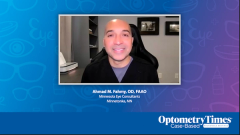
Treating Ocular Surface Complications in Glaucoma and Autoimmune Disease With Cryopreserved Amniotic Membrane
Ahmad M. Fahmy, OD, FAAO, discusses how cryopreserved amniotic membrane therapy can successfully address ocular surface complications in complex patients with autoimmune conditions and glaucoma, emphasizing the importance of treating surface disease before surgical procedures to optimize patient outcomes.
Video content above is prompted by the following:
The second case involves an active patient aged 56 years with multiple systemic conditions, including Sjögren syndrome, rheumatoid arthritis, and alopecia, who requires timolol for glaucoma management. Despite well-controlled intraocular pressure and cyclosporine therapy, the patient experienced significant foreign body sensation and vision variability that interfered with her active lifestyle, particularly outdoor activities with her children. This case exemplifies the complex interplay between systemic autoimmune disease, necessary glaucoma medications, and ocular surface health in younger, more active patients.
Meibomian gland imaging revealed relatively intact gland morphology without significant atrophy or dropout, suggesting good potential for functional recovery. Dr Fahmy emphasizes the importance of meibomian gland assessment in all patients with irritation symptoms, noting that even basic penlight examination can provide valuable information about gland morphology. Diagnostic expression of meibomian glands helps assess secretion quality and quantity, guiding treatment decisions. The patient demonstrated immediate tear breakup and evaporative dry eye with conjunctival chalasis, along with diffuse epitheliopathy and epithelial cell compromise.
Treatment with multiple rounds of Cam 360 successfully improved the corneal epithelium from diffuse punctate epithelial keratopathy to a much healthier surface. Dr Fahmy discusses alternative approaches, including Prokera (cryopreserved amniotic membrane on a ring) for cases requiring better centering, particularly in patients with atopic disease or those prone to eye rubbing. He also employs stabilization techniques, including eye patches, to optimize membrane retention and clinical outcomes. The case demonstrates successful management of complex ocular surface disease in patients with multiple contributing factors, emphasizing the importance of addressing ocular surface health before any surgical procedures to ensure optimal outcomes.
Newsletter
Want more insights like this? Subscribe to Optometry Times and get clinical pearls and practice tips delivered straight to your inbox.


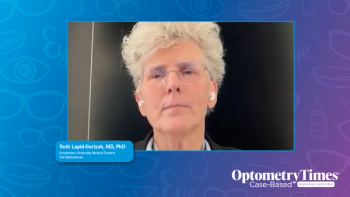
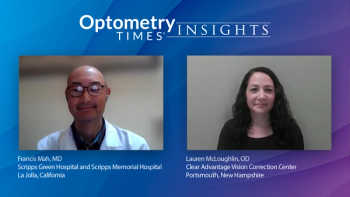
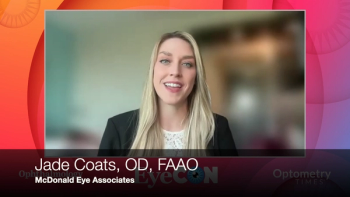
























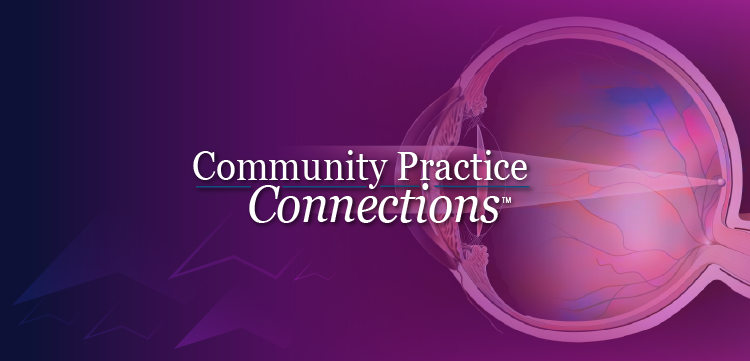
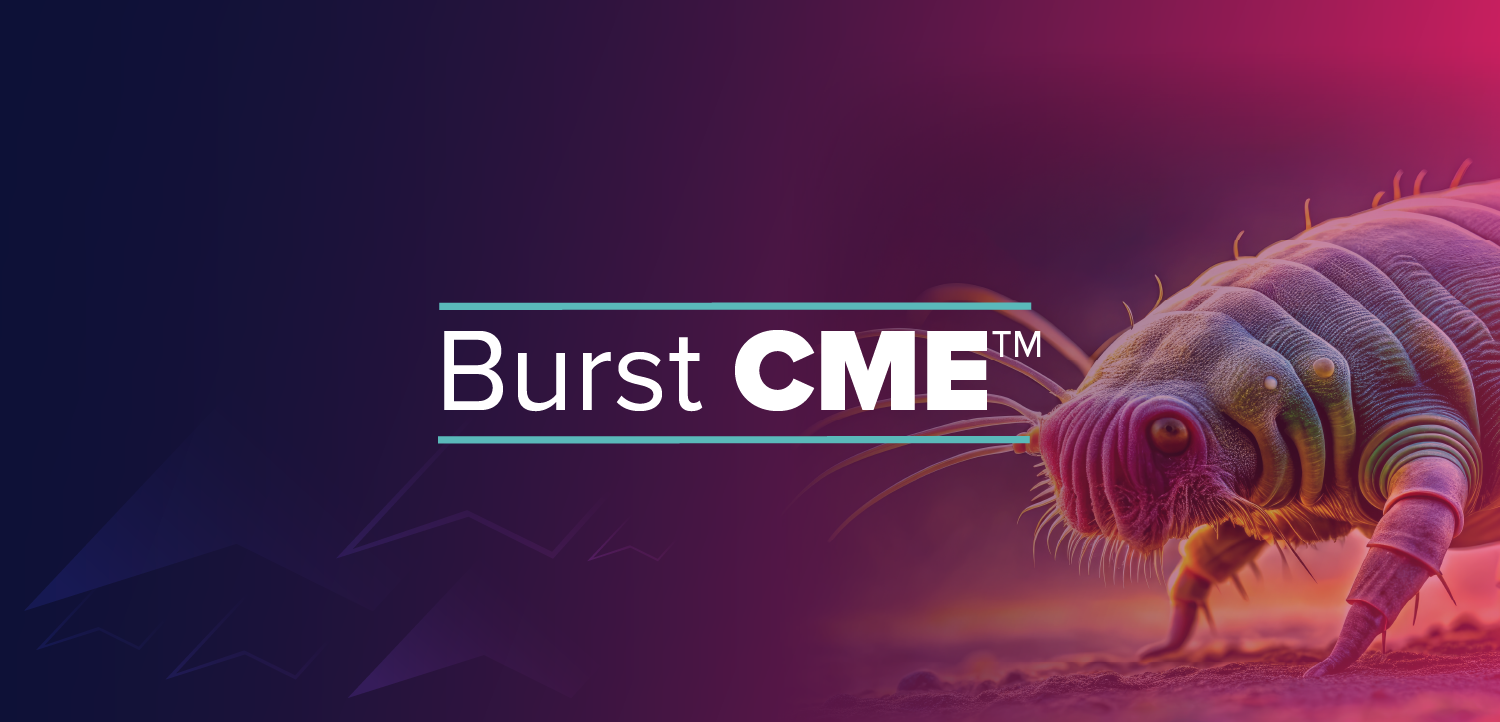


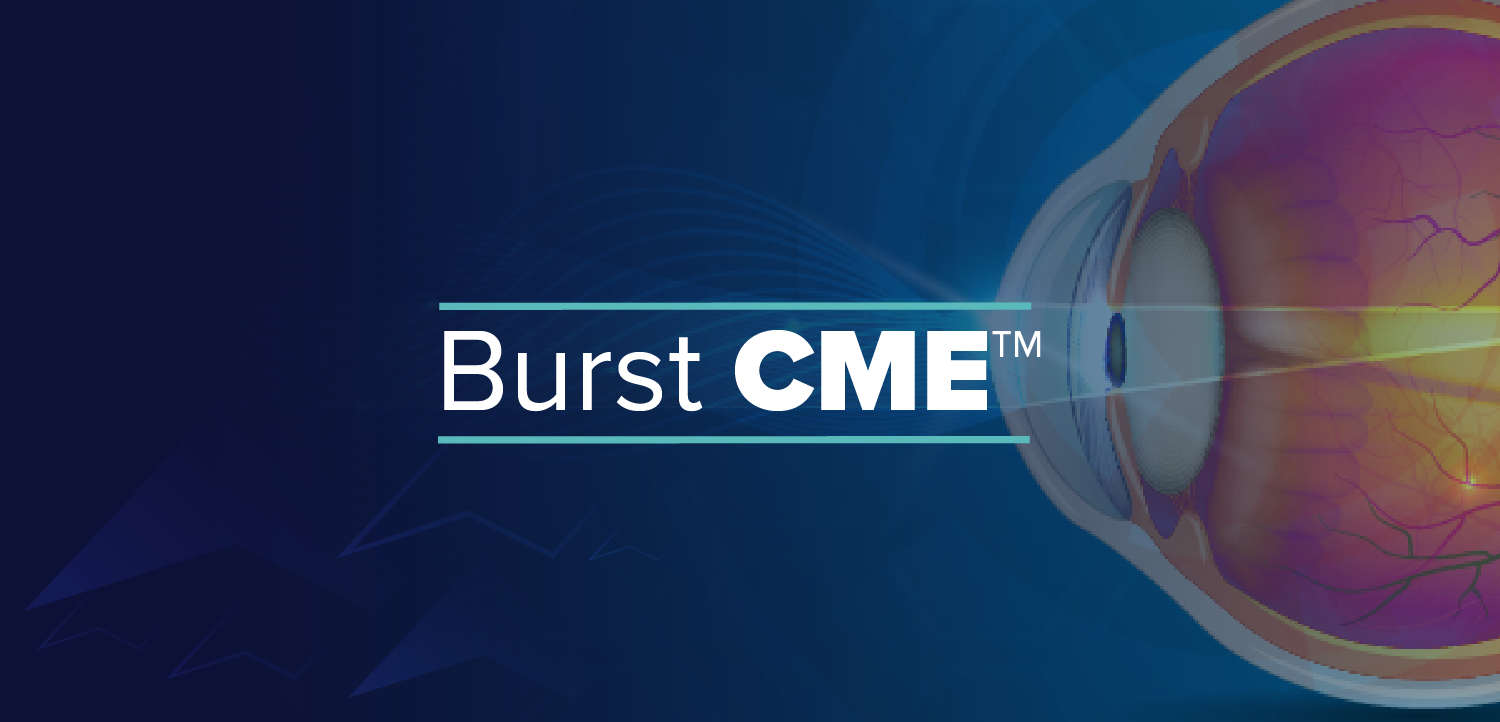
















.png)


